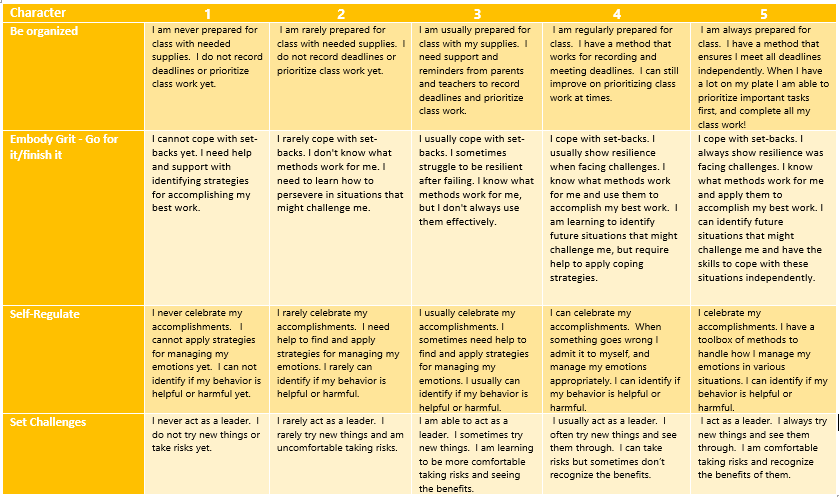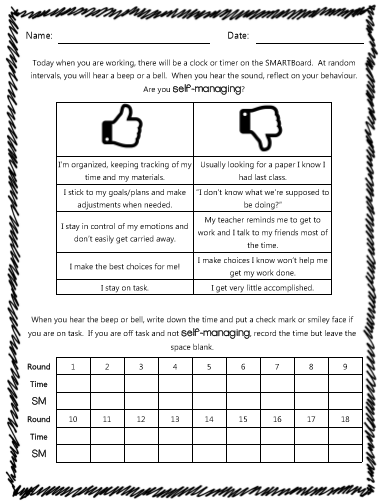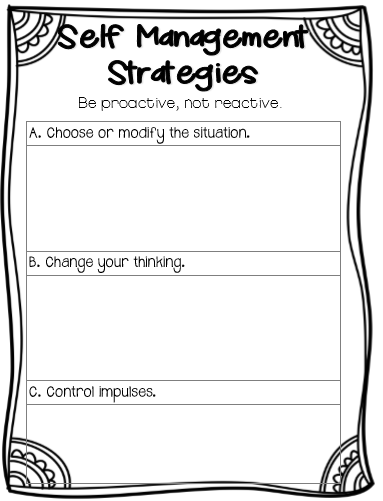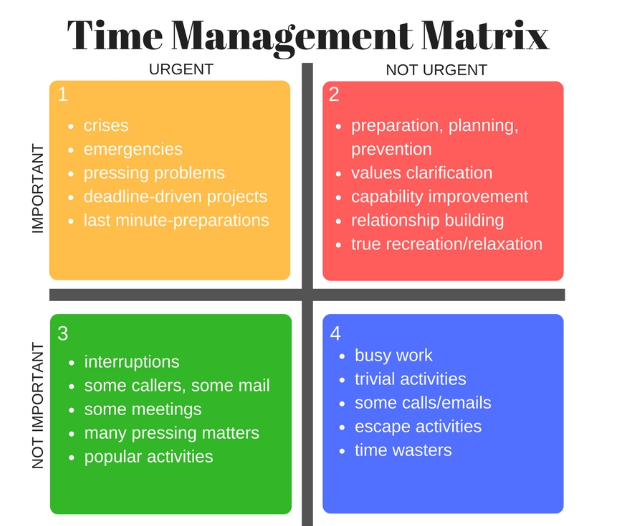Character Guidebook - Grade 6-9 (Middle Years) Sun West
Character Middle Years 6-9
Purpose
Why is this important?
Character is one of the 21st Century skills that students need in order to be ready to self-direct in their learning. Having the key skills that come along with strength of character allows students to be part of the planning of their instruction and assessment. In order “to use the full potential of their minds, students must learn to filter distractions and interruptions and to think deeply and critically” (Cash, 5).
Cash, Richard M. Self-Regulation in the Classroom Helping Students Learn How to Learn: Free Spirit Publishing, 2016
Key Steps in Teaching Self-Management Strategies
1. Isolate the skill needed to be taught
2. Provide students with direct teaching to learn strategies and practice self- awareness
3. Provide and allow opportunities for students to practice the skills and strategies and reflect often. This takes time at first but students are rewarded for their efforts once they are able to master their practiced skill.
4. Revisit strategies and skills often.
Explicit Teaching
To be able to learn and grow in 21st Century Competency understanding, it is important to teach each skill and let students experience what each skill looks like as well as how you can grow in each area. Caution: by simply saying the word "communication or collaboration...etc" students may not get a full understanding of each skill. Explicitly teaching and utilizing skills in different ways is what will ultimately promote deep understanding and growth in 21st Century Competencies.
Timeline Suggestions for Explicit Teaching
The document below provides a year plan to teach each of the 21st century skills. It is beneficial to have an explicit teaching plan to ensure each skill is taught; however skills should also be reinforced as much as possible throughout class time.
Lesson Plan Ideas
Be Organized
Embody GRIT - Go for it & Finish it!
1. Lesson based off of book - The Magnificent Thing: A little girl and her canine assistant set out to make The Most Magnificent Thing. But after much hard work, the end result is not what the girl had in mind. Frustrated, she quits. Her assistant suggests a long walk, and as they walk, it slowly becomes clear what the girl needs to do to succeed. A charming story that will give kids The Most Magnificent Thing: perspective!
Download: Self Management The Magnificent Thing
Be Organized Presentation and Quiz
Self-Regulate
1. Lesson based off of book - When Sophie gets Angry, Really, Really Angry: When I read this book to children, I usually begin by telling them that we all get angry, and we all have ways of dealing with it, and this is a book about a girl who got very, very angry, and what she did
Site used: http://www.mollybang.com/Pages/sophie_act.html
2. Lesson based off of book - Alexander and the Terrible, Horrible, No Good, Very Bad Day: Alexander knew it was going to be a terrible day when he woke up with gum in this hair.
And it got worse...
Download: Self Management-Alexander and the Horrible Terrible Really Bad Day.docx
Set Challenges
Part of setting challenges involves being a leader, and taking healthy risks. See below for activities and lessons.
Understanding how to set challenges, be a leader, and take risks involves explicit teaching.The gradual release of the transfer of responsibility should be followed (I do, We do, You do).
Model setting challenges to your students - share a challenge you have set and how you
Have students research individuals that they believe embody leadership!
Additional Lesson Plans for teaching the Set Challenges skill can be found on the following websites:
Elements of Leadership Lesson – Elements of Leadership
Leadership Activities Inspired by The Apprenticeship – Leadership Activities
Leadership Skill Building Lessons – Leadership Skill Building Lessons
Integration of Skills
Intentional integration of 21st Century Competency language in all day-to-day activities supports the development of routine reflection, skill use, and growth in support of curricular knowledge acquisition.
Why?
If we do not intentionally integrate 21st Century Competency connections into our learning environments, it is easy to forget about them. As the language becomes routine, growth in skills can and should be explored regularly. Ultimately the 21st Century Competencies are the skills needed to be successful in all day-to-day activities as well as future career opportunities. By being intentional in integrating the language and skill use in all aspects of learning, understanding of the skills can be applied and reflected upon to look for areas of potential growth and application.
How?
Once skills have been explicitly taught, integration of 21st Century Competencies can be achieved by connecting skills to all curricular areas, participating in pre-and post reflections (allowing students to predict which skills will be needed and subsequently which skills need to be worked on) and the use of 21st Century Competency rubrics to track growth. Example: by using learner profile data, students can reflect on which skills they need to employ for a particular activity and based on this information, choose group members that have strengths or challenges in those skill areas.
Examples
When integrating 21 Century Competency language in all areas of learning consider the following curricular connected resources. As you use similar resources in your own learning environment, how can you relate them back to growth and understanding of the 21 Century Competencies?
In ELA
This will likely be your focus area with character. Be sure to included regular lessons on the following topics, and providing ample opportunity to practice, share and reflect.
- Being organised can be demonstrated throughout ELA from the use of graphic organizers, to planning long term projects, and even formatting assignments.
- Explicitly teaching GRIT and set challenges; ELA Assess and Reflect outcomes are connected to goal setting.
- In order to complete ELA work students need to practice and employ self-regulation. Teaching students strategies on how to self-regulate is critical to their success.
In Math
Character is important in all areas of school and life, and should also be discussed, modeled and used in Math. Be sure to include the following opportunities for your students:
- Being organised aids in clarity. Teach students how to follow steps and use formulas. Students will need to show their answer clearly as well by circling or boxing their answer.
- Students should set learning goals in math and work to complete them by showing GRIT and self-regulation.
- Teach students to set challenges for themselves and to reach their potential.
- Math Unit Organizers and Self Reflections (documents created for grade 4; however can be edited to meet middle years).
Teachable moments
Whenever a question, situation, comment or activity that involves a connection to a 21 Century Competency arises, take a moment to talk to students about it. Discussing skills, how they integrate into everything you do in life makes the reflection on the importance of skills a habit. This habit will instill a growth mindset around developing skills to their fullest potential. Teachable moments can be as short as 20 seconds. Make it your habit and it will become theirs!
Tracking Growth
When considering 21st Century Competency application, it is essential for both the teacher and the student to track growth. There is clear potential for growth in skill use throughout our lives. To ensure growth and understanding of application is taking place, we can easily track progression using rubrics, checklists, and self-assessments.
Formative Assessment
Formative assessments of 21st Century Competencies include anecdotal documentation, self-assessments and rubric check-ins. These formative assessments provide snapshots of growth throughout the learning process and allow goal setting to take place.
See below for Self-Reflection and Goal Setting Documents:
Assessing Growth
Summative Assessment
Exemplar Rubrics

Character 6-9

Character Exemplar 6-9
Co-creating Rubrics
Exemplar rubrics have been developed for K-5, 6-9 and 10-12. To connect fully with students in their understanding of skill application and growth, a recommendation would be to re-write the rubric with the students to include their understanding of the skill, goals for integration in learning and commitment to the skill development.
Resources
Sun West Resource Bank Character Resources

Self - Regulation for students
Why are good organizational skills necessary in everything? * They allow you to work efficiently and effectively at any task you undertake. * They reduce stress that can hinder your achievement * They buy you time and energy to reach your true potential * They allow your true talents and abilities to shine through by preventing chaos and disorder
Print based
Sun West Original Print Based Character 6-9 Guidebook
Book: Self- Regulation in the Classroom (All Sun West schools should have this resource in their library)
See below for graphic organizers that support the teaching of character traits:
Videos
Don't Eat the Marshmallows: “Don’t Eat The Marshmallow” Ted Talk - Joachim de Posada about delayed gratification. Lots of replicated activities developed for classrooms
Brain-Based Learning: “Brain-Based Learning”- Eric Jensen
Why Multi-tasking Doesn't Work: Tedx about Life Balance and why multi tasking doesn't work: Sara Cameron
Soar: Soar A Short Animated Video about GRIT
Other: Pixar short films, Angela Duckworth "Power of Yet"
Class Dojo: Class Dojo Growth Mindset Video Series
Interactive
Educational Articles
Working Memory and Self Regulation: Self-regulation is supported by a student’s working memory. Understanding our working memory can impact how we understand why some students may struggle with some parts of self-regulation. Closely working with your SST team is beneficial.
The Why of Getting Organized: The why of getting organized and lesson plans for teachers
Web Sites
http://blissfulkids.com: Website teaching students about Mindfulness strategies and a simple introduction to how their brain works.
Executive Functioning Skills: Understanding “Executive Functioning Skills”
Why, When, and How to Get STudents Organized: Polk Elementary's ideas on why, when, how to get students organized and resources to use
Download: Self-Regulation_Reflection_OGhiCrp.pngDelete

Self- Management Strategies

